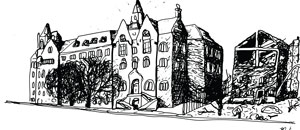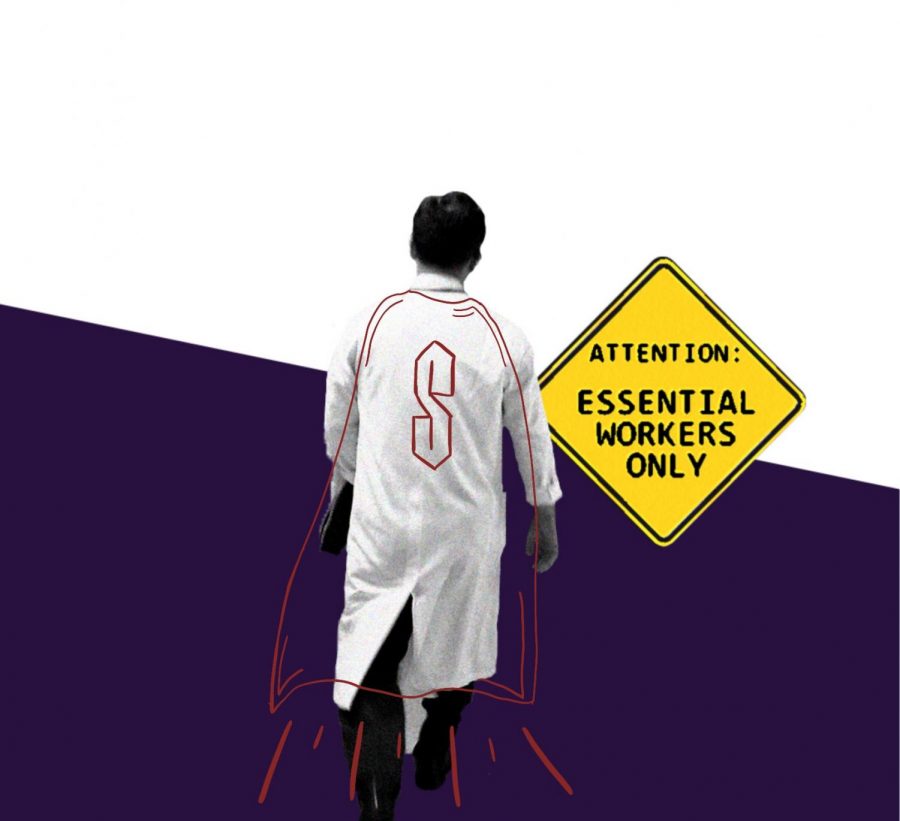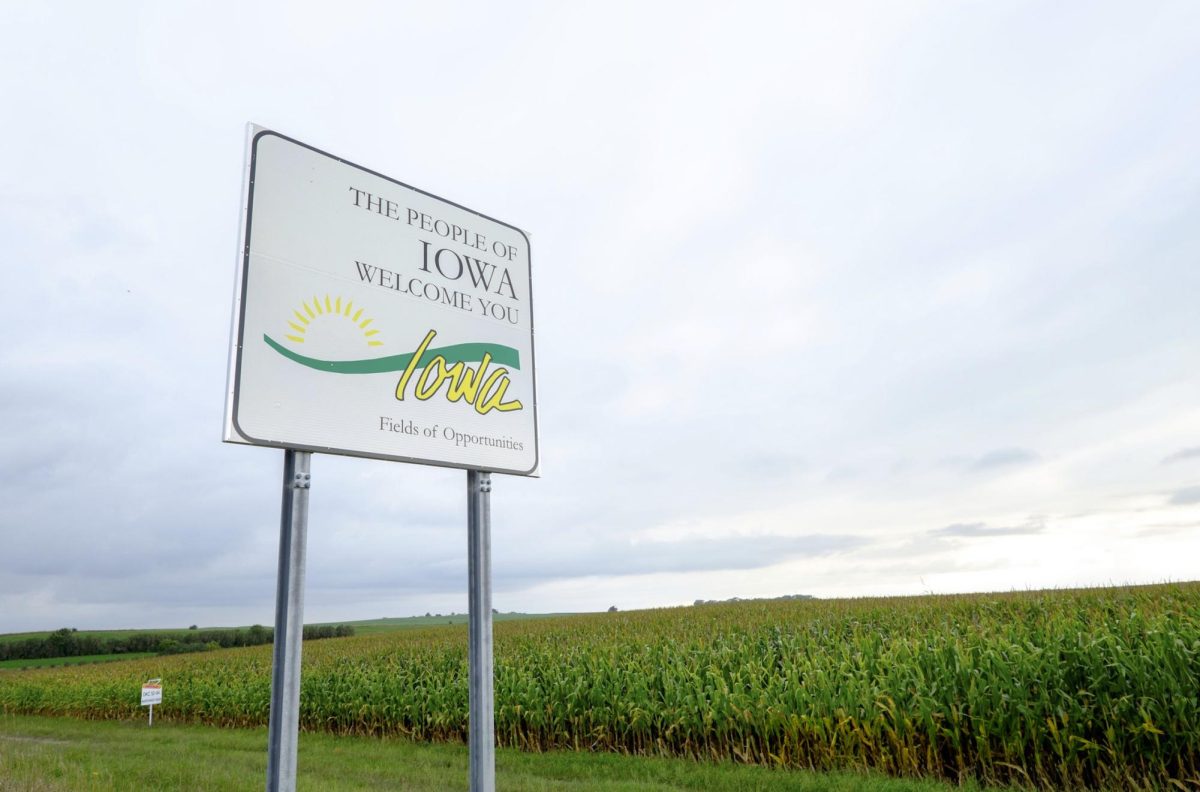In the September 9th issue of The University News, you might have noticed two cover articles dealing with Midtown development and Saint Louis University’s property holdings. One article chirpily announced just how fantastic Midtown is, while the other informed the reader of how, besides a few parking lots and the occasional hotel, SLU has relatively little to do with “…bringing back the luster.”
This is extremely curious. We are, correct me if I am wrong, an urban campus. We eat, sleep, learn and play within one of the larger metropolitan areas in the country, and yet we seem to avoid any and all interaction with the area around us.
“While the University owns a few buildings in Midtown, most of the SLU land in the area is comprised of parking lots for Chaifetz and the University,” read the latter article, a seemingly innocuous statement that hides a far more uncomfortable truth. With apologies to Kanye West, SLU doesn’t care about St. Louis people.
For example: The next time you’re at the intersection of Grand and Lindell, take a look at that “sculpture park” across the street. Sure, it’s green. Sure, it has a nice little modern bendy sculpture inside it. But that’s just about as far as that little plot of land ever gets.
It is prime real estate, a corner plot at the intersection of two fairly major streets, but it might as well be a vacant lot for all the use it serves.
This is not the only location in which SLU does this sort of thing – referred to by some as “land banking,” this is the process of holding empty land or even tearing down existing structures to maintain empty plots.
Land banking is great if you’re planning for the future in a several hundred square acre field, but in a crowded inner-city location, it is a shocking waste of space.
We do this all over the area of town the University inhabits: Go east of the Medical school and south of Chouteau and you’ll find empty plots galore.
On some of those plots, venerable old buildings once stood, buildings that could have been renovated (much as “Hotel Ignacio” is now) and put to use in the community or for the school.
Many of the plots, especially those nearest the medical campus, are so far out of the way of anything useful or interesting that it seems questionable to even hold onto the land.
Even plots that SLU has developed – see the occasionally slightly full Compton garage – are simply locked in holding patterns.
We could be building and refurbishing. We could sell that land and buy up developed-but-falling-apart buildings much, much closer to campus and turn them into dorms, or sell them to new businesses, or encourage old businesses to return.
Imagine the effect of a dorm or other SLU building, modern and well used, in the Locust-Grand area, or perhaps further up Grand and across Delmar.
Sure, the dorms would be somewhat off campus, but they would be within walking distance, no worse than an inhabitant of The Drake (a building SLU once tried to own) hiking to a class in Beracha.
Plus, building off campus would mean that students would be forced to experience the city around them, not simply existing within the borders of Forest Park Pkwy. and Delmar, Vandeventer and Compton.
SLU is trying its damndest to create a suburban campus in an urban environment. Flat green areas, artificial borders on where students inevitably will hang out, show an unwillingness to build outside of itself.
We did not start this process: Big open land is always more valuable on a finance sheet, but we are happily continuing it until the SLU bubble forever closes, keeping us from ever having what Washington University has with the Loop.
And it is of course not only WashU that benefits from that arrangement: University City has forever changed because of the active presence of students, something the Midtown area of St. Louis does and will continue to lack.
How can we make this better? In writing this commentary, I sought out people far more knowledgeable about urban practices than I, and all seemed to agree on the old cliché: Build it, and they will come.
Hotel Ignacio and the West Locust Lofts are a good start, but a few apartments here and there does not an urban integration make.
Fantastic development is going on up and down Locust, Washington, Grand, etc: SLU should give up its quest for the downtown picket fence and take up the cause of the city campus.
As students we do not just live on campus, as we might at a smaller university or a more naturally insular school. No, we live in St. Louis. Until the school acknowledges that fact and takes advantage of it, we might as well move the campus west of Highway 270, the no-man’s land of St. Louisian suburbia.
In our mission statement, it is regarded as important that we be “men and women for others.” As it stands, we are merely “men and women for others, on or very near the SLU campus.” This is not the student body’s fault. No. The University itself is to blame.
Palm trees up and down campus do absolutely nothing to help the massive community that surrounds us, nor do empty plots of land and senseless sculpture gardens.
We have a tremendous opportunity to do good by the city we occupy: The infrastructure is already in place, we simply need to step in and offer to help.
















